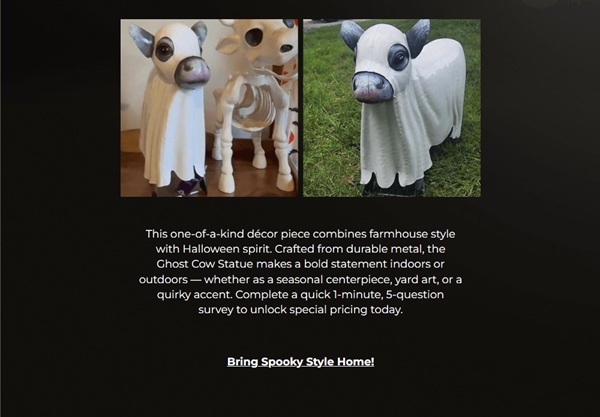
View Your Newsletter Online
Get the Metal Ghost Cow - Free Today




Get the Metal Ghost Cow - Free Today



osed the scientific name Elephas maximus in 1758 for an elephant from Ceylon. Elephas indicus was proposed by Georges Cuvier in 1798, who described an elephant from India. Coenraad Jacob Temminck named an elephant from Sumatra Elephas sumatranus in 1847. Frederick Nutter Chasen classified all three as subspecies of the Asian elephant in 1940. These three subspecies are currently recognised as valid taxa. Results of phylogeographic and morphological analyses indicate that the Sri Lankan and Indian elephants are not distinct enough to warrant classification as separate subspecies. Three subspecies are recognised: Sri Lankan elephant (E. maximus maximus Linnaeus, 1758) Indian elephant (E. maximus indicus Cuvier, 1798) Sumatran elephant (E. maximus sumatranus Temminck, 1847) Sri Lankan elephants are the largest subspecies. Their skin colour is darker than of E. m. indicus and of E. m. sumatranus with larger and more distinct patches of depigmentation on ears, face, trunk and belly. The skin color of the Indian elephant is generally grey and lighter than that of E. m. maximus but darker than that of E. m. sumatranus. A potential fourth subspecies, the Borneo elephant (Elephas maximus borneensis), occurs in Borneo's northeastern parts, primarily in Sabah (Malaysia), and sometimes in Kalimantan (Indonesia). It was proposed by Paules Deraniyagala in 1950, who described an elephant in an illustration published in the National Geographic magazine, but not as a living elephant in accordance with the rules of the International Code of Zoological Nomenclature. These elephants living in northern Borneo are smaller than all the other subspecies, but had larger ears, a longer tail, and straight tusks. Results of genetic analys
